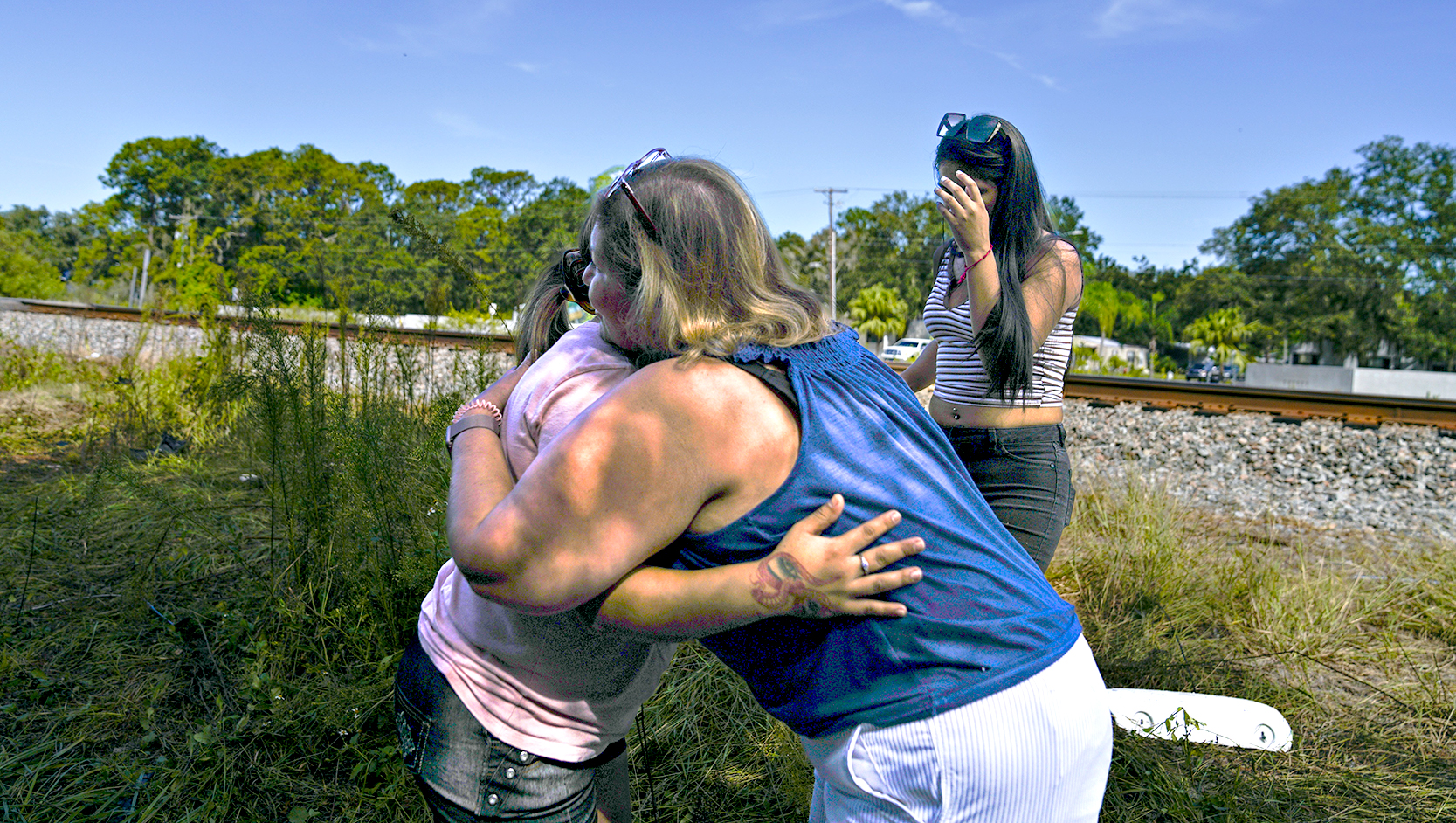H1N1: Flu called widespread in Suwannee
Published 4:32 pm Thursday, October 22, 2009
Suwannee is one of 10 Florida counties with widespread levels of flu activity, according to a report released Oct. 14 by the Florida Department of Health.
Though the exact number of H1N1 cases within the county cannot be readily determined, the DOH states that 94 percent of recent flu-related cases within the state tested as novel H1N1.
Wanda Crowe, nursing director for the Suwannee County Health Department, said the local health department receives numbers from schools and private health providers for individuals displaying flu-like symptoms.
Because fewer laboratory tests are being performed to confirm the actual type of flu that individuals are contracting, it’s difficult to give an exact figure on just how many of the symptomatic cases are in fact H1N1.
Previously, the process for determining flu levels was subjective, Crowe said.
However, now the health department plugs its numbers into a formula to determine local figures.
“The numbers do seem to be decreasing, but when plugged into the formula we still do seem to be showing up in the widespread category,” she said. “The numbers we have from last week were less than the numbers the week before.”
The DOH reported that in addition to Suwannee, other counties with widespread flu activity include: Lafayette, Duval, Manatee, Orange, Sarasota, Seminole, St. Lucie, Okaloosa and Hendry.
Statewide, flu-related cases increased the final week in September and into mid-October, coinciding with the start of the school year for most students, DOH stated.
Likewise, the percentages of emergency department visits attributed to flu-like illness rose sharply among those ages 1-19, and now exceeds the number observed during the initial increase back in May.
No flu-related hospitalizations were listed for Suwannee in the Oct. 14 report. Within the state, however, the number of cases, hospitalizations and deaths continues to rise. Luckily, there is no evidence that the virus has mutated to a more infectious form, either in Florida, the rest of the U.S., or elsewhere in the world, according to DOH.





